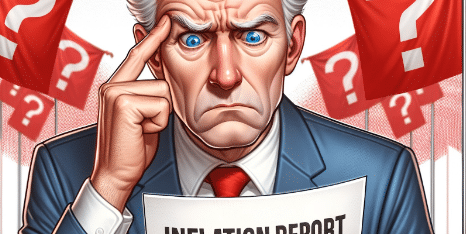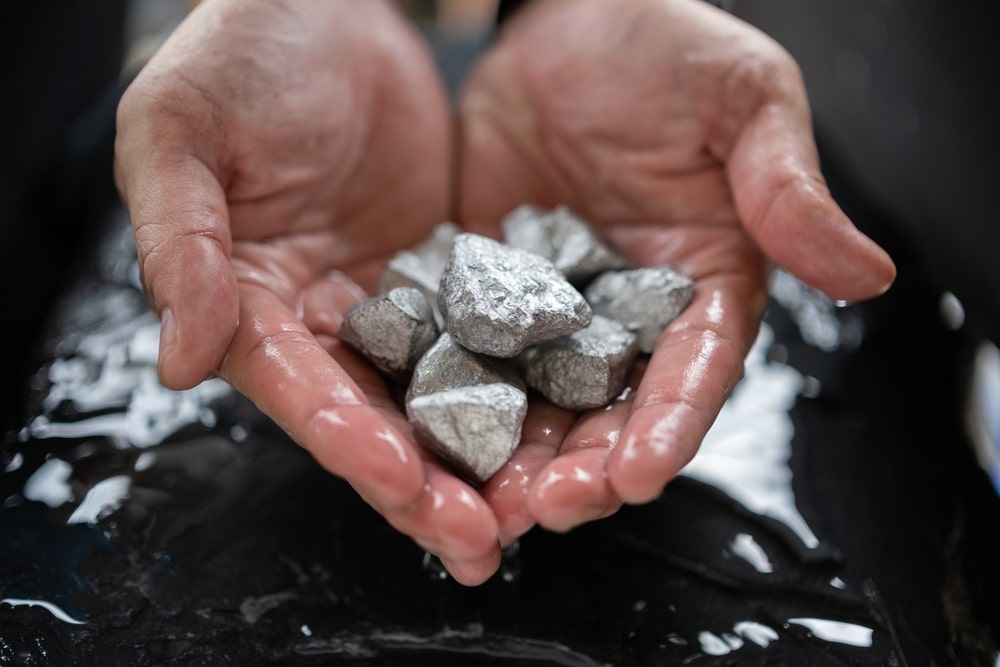
Where Inflation's Ripping Holes in Your Wallet: Northeast and Midwest Hit Hardest in October
Inflation may be talked about as a "national average," but the truth is Americans are seeing vastly different realities depending on where they live. The Northeast and Midwest are feeling the heaviest burn this October, as confirmed by the latest Consumer Price Index (CPI) report from the Department of Labor. The average increase might sit at 2.6% nationwide, but in these regions, it’s a whole other ballgame.
Let’s break it down. The Northeast posted the highest inflation rate in the country last month at 3.5% year-over-year. New Englanders were hit with a 3.3% increase, while folks in the Middle Atlantic got slammed with 3.6%. The highest pain point? New York City, where inflation’s reached a scorching 4%—so much for the Big Apple being affordable. In the Midwest, inflation’s no walk in the park either. Year-over-year rates climbed to 2.6%, while the South and West regions reported slightly lower averages. But don't be fooled by these numbers—the so-called “cooling” is barely keeping up with last month’s inflation uptick in these cities.
Where It’s Hottest
When you dig into specific metro areas, things get even grimmer. New York City’s metro area inflation tops the list at a 4% increase over last year, edging higher from September’s already sky-high 3.8%. For Chicago, it’s 3.5%—which is actually a “cooling off” from a previous month’s 4.1% climb. Philadelphia and Baltimore clocked in at 3.4%, while Detroit trails slightly behind with a 3.3% hit. The only “good” news for Midwest residents is that cities like St. Louis stayed at 2.6%, but good luck finding solace in that.
Down in the South, Miami’s inflation rate leads the way at 2.7%, hotter than Houston’s 2.1% and Atlanta’s comparatively modest 1.9%. In the West, Los Angeles and Seattle both stand at 3%, far exceeding Phoenix at 1.6% and Anchorage at 2.1%.
What They Don’t Want You to See
It’s no accident that the highest inflation rates are hitting certain parts of the country harder. Politicians and central bankers talk about inflation “cooling,” but that’s only because the pain is being shifted onto specific areas. The Northeast and Midwest are shouldering the brunt of it while the averages stay low enough to keep Washington’s policies looking plausible. Yet, for anyone living in these high-inflation hotspots, the strain is as real as it gets. It’s clear the Fed and government officials aren’t as concerned with reducing inflation as they are with controlling its optics. They’re counting on the fact that inflation hits everyone a little differently—giving them an excuse to push policies that won’t fix the problem, only scatter it around.
A Call to Action
What can you do while costs keep climbing and bureaucrats shift the blame? For starters, it’s time to take control of your financial stability—don’t wait for D.C. to deliver. Protect your assets, build up emergency reserves, and seriously consider diversifying outside of traditional banking. Inflation isn’t a “cooling trend” when it’s hitting your hometown harder than anywhere else.
For actionable steps on how to navigate these uncertain times, download “Seven Steps to Protect Yourself from Bank Failure” by Bill Brocius. Don’t let your finances be cannon fodder in the government’s inflation war. Take back control, because it’s clear they’re not coming to help anytime soon.










